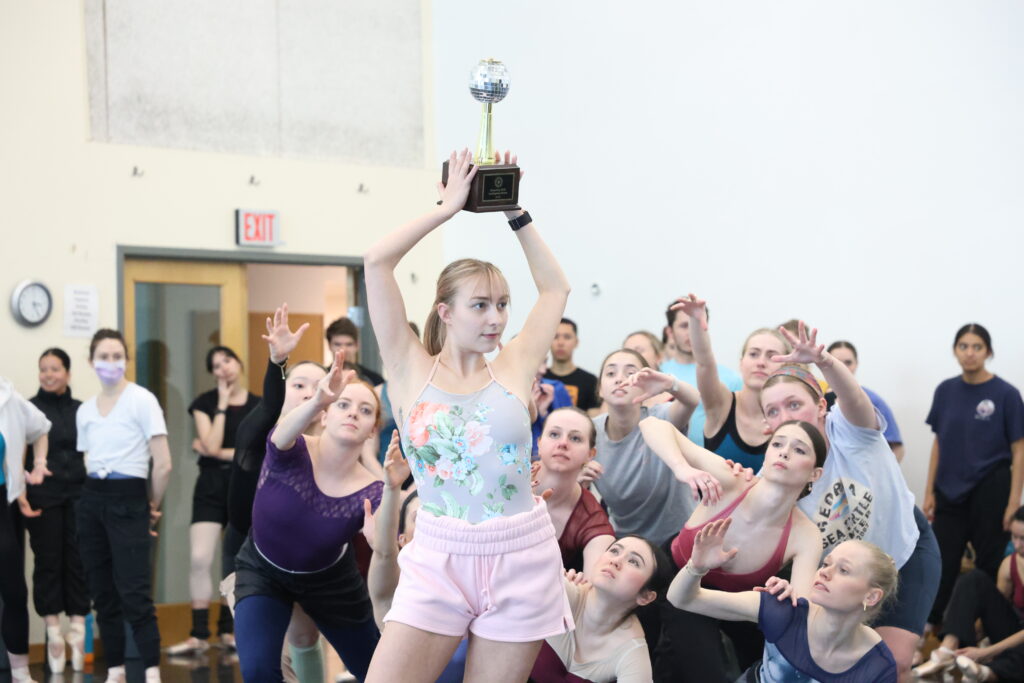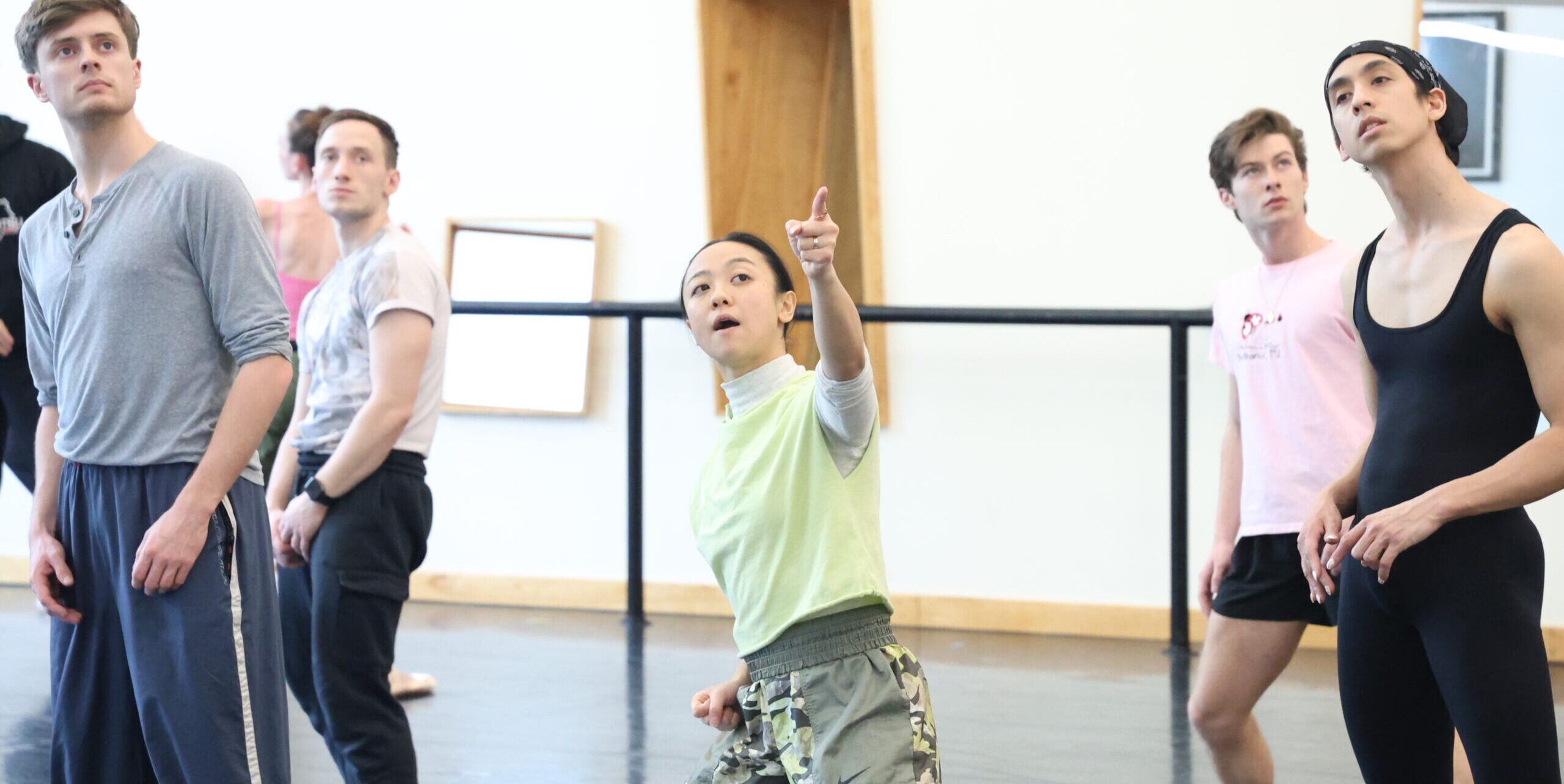Louisville Ballet and Jack Harlow Team Up for Ching Ching Wong’s 502
After a brutal winter storm forced Louisville Ballet to cancel multiple sold-out Nutcracker performances in 2022, company leadership appealed to the community for financial support. Unexpectedly, famed rapper and Louisville hometown hero Jack Harlow caught wind and stepped in with a $50,000 donation through his Kentucky-based nonprofit, The Jack Harlow Foundation. The gift sparked conversations about future collaborations, and by fall 2023, Louisville Ballet reached out about using Harlow’s soundtracks for an upcoming performance. With Harlow’s support, choreographer Ching Ching Wong was enlisted to create the 25-minute, 40-dancer work titled 502 (after the Louisville area code). In Wong’s words, “It’s about the hometown hero in all of us.”
The rare partnership will premiere on November 1 at the Brown Theatre in Louisville. Here, Wong pulls back the curtain on what audiences can expect from the genre-bending collaboration.

How and when were you approached for this project?
Louisville approached me [in the winter of 2023] and said that they had an opportunity to work with Jack Harlow’s music, and that they would like me to choreograph. It was an immediate yes. I love Jack Harlow’s music, and I love Louisville Ballet. My first-ever creation for a ballet company was for them in 2023 [Grass is Green], and I was thrilled to have this opportunity to return.
How have you framed the piece, structurally?
When I looked at Jack’s music from a broad perspective, I envisioned it in three parts. First, the quest: ambition, dedication, and want. How far and wide can we cast our light? Second, after the quest: There is inevitable doubt where we question ourselves and what we want. Third, the return: We cast our light as far and wide as possible, yet a part of us always returns home—to our roots, to the soil from which we come. We’re using mirror balls in the work that are manufactured in the heart of Louisville, and they represent this radiating energy that is exponentially growing, reflecting the city’s local craftsmanship, creativity, and a theme in all of my work: home. I think of home not as a place but as a grounding force within ourselves and with each other.

How did you marry Jack Harlow’s music with ballet?
I started putting his songs into one of those three categories. That was my beginning template. My sound designer and collaborator, Noelle Kayser, helped me formulate the transitional moments between his songs for the ballet. We left his work in its full entirety in reverence to him (and also because of music rights), but we needed connecting ligaments to make it a cohesive work.
I haven’t used rap music for a premiere onstage before this. It’s been fabulous! When you hear Jack rap, it’s honest. I’ve begged both myself and the other artists for the movement quality to be honest, visceral, and true. [The choreography] fully utilizes the dancers’ classical technique and capabilities.

Have you been in discussion with Harlow on the project?
No, but in every step of the process there is this reverence for his music. I have soundbites of an interview of Jack’s, and throughout the work there are small moments of him speaking. Jack’s mom [Maggie Harlow], his grandfather Tom Payette, and grandmother [Kathleen Payette] came to watch rehearsals. To see their eyes well with tears, to feel the energy vibrating off the 40 dancers who shared their everything for the run through—it reinforced the magnitude of a collective experience.
What might we expect the final result to look like?
There will be pointe shoes, mirror balls hanging from the ceiling, a fur coat, and dirt. There will be tenderness, bombastic movement, and playfulness. The quest has this energetic, fun quirky exterior. The question has tenderness and vulnerability, and the ending is a marriage of those two extremes.




